New figures from the Halifax show where in the UK capital appreciation is running at its highest.
Northern Ireland remains the strongest performing nation in the UK, with house prices up by 3.4% on an annual basis in April, though this slowed from 4.1% in March. Properties in Northern Ireland now cost an average of £192,502.
In Wales annual property price growth slowed to 1.1% in April, from 1.9% in March, with the average home now costing £218,775.
Meanwhile Scottish house prices rose 1.5% year-on-year to stand at £204,579.
The North West continues to see the strongest growth in England, up by 3.3% on an annual basis to £231,599.
Annual price falls are predominately found in the south of England, as the ‘North-South’ divide across English regions is sustained. Properties in Eastern England recorded the biggest decline of 1.1%, with homes selling for an average of £329,723, a drop of £3,541 over the last year.
London remains the most expensive region in the UK to buy a home, with an average price of £539,336. However prices in the capital have been relatively flat over the last year, up by just 0.1%.
Across the UK as a whole the Halifax says house prices last month were just 1.1% higher than April 2023. The average house price is now £288,949: the quarterly change is 0.8%, while prices are up 0.1% month-on-month.
Amanda Bryden, head of mortgages at the Halifax, comments: “UK house prices held steady in April, rising on a monthly basis by just +0.1% (less than £200 in cash terms). Annual growth rose to +1.1%, from +0.4% in March, though this can be attributed to the base effect of weaker price growth around this time last year.
“The average property now costs £288,949, compared to £287,244 at the start of the year. While there is always much scrutiny of monthly price changes – and a degree of volatility is to be expected given current market conditions – the reality is that average house prices have largely plateaued in the early part of 2024.
“This reflects a housing market finding its feet in an era of higher interest rates. While borrowing costs remain more expensive than a few years ago, homebuyers are gaining confidence from a period of relative stability. Activity and demand is improving, evidenced by greater numbers of mortgage applications so far this year, while at an industry level mortgage approvals have reached their highest point in 18 months.
“Our recent research also found that buyers are adjusting their expectations, with first-time buyers in particular compensating for higher borrowing costs by targeting smaller properties. We see this reflected in property prices for the first few months of this year, with the value of flats rising most sharply, closing the ‘growth gap’ on bigger properties that’s existed for most of the last four years.
“However, we can’t overlook the fact that affordability constraints are still a significant challenge, for both new buyers and those rolling off fixed-term deals. Mortgage rates have edged up again in recent weeks, primarily as a result of expectations around future Bank of England base rate changes, with markets now pricing in a slower pace of cuts.
“If, as is still expected, downward moves in Bank Rate come into play later this year, fixed mortgage rates should fall. Combined with the resilience displayed by the housing market over recent months, we now expect property prices to rise modestly over the course of 2024.”




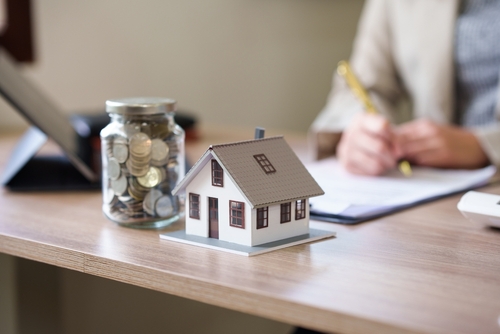

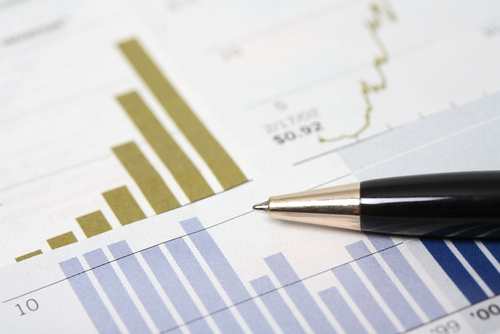

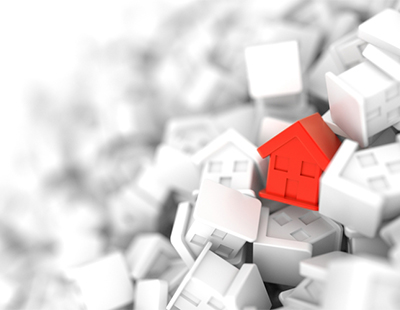


.png)

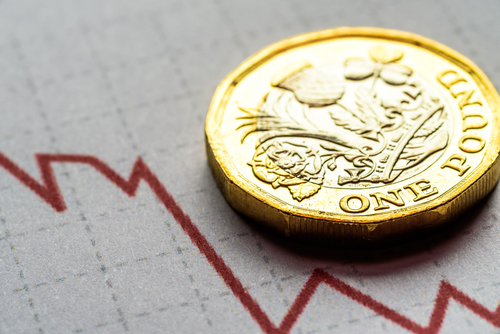

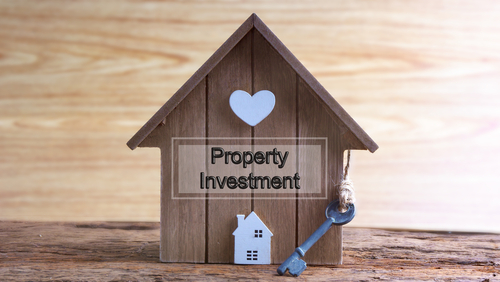




Join the conversation
Be the first to comment (please use the comment box below)
Please login to comment